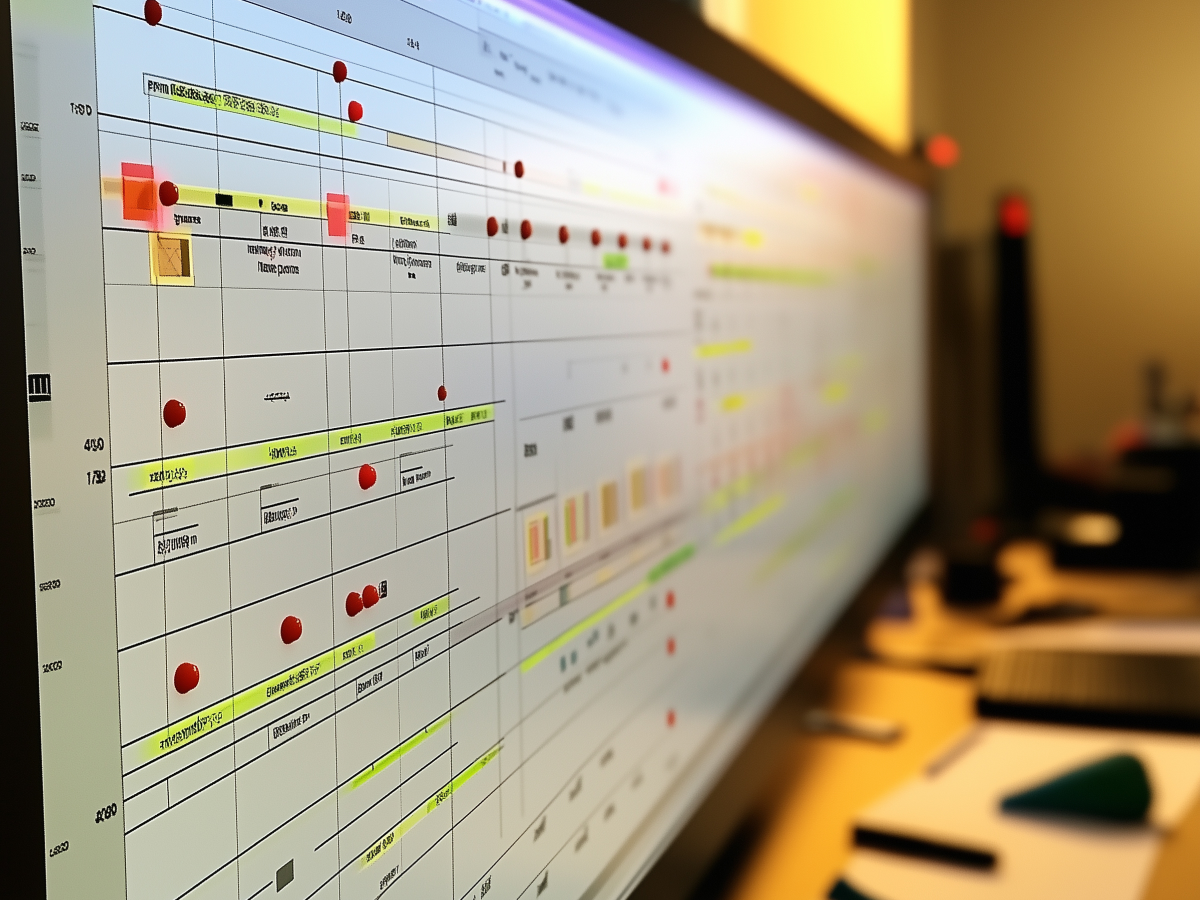Data-driven estimation is more reliable than gut-based predictions
Most companies guess when estimating project timelines. That’s a problem. Relying on intuition instead of data leads to missed deadlines, wasted resources, and frustration. You might get lucky, but chances are, you’ll crash and burn.
Data doesn’t lie when accurately interpreted. When you track real performance metrics—like how fast your engineering team actually completes work—you eliminate guesswork. You see patterns. You make better predictions. And you stop promising impossible deadlines. Teams that embrace data-driven estimation gain credibility with leadership, investors, and customers. That’s the difference between being reactive and being in control.
“If your team uses Jira (or any similar platform), you already have the data you need. The key is knowing how to use it.”
Understand and track key data points
Think of project estimation like space travel. You shouldn’t launch an initiative without understanding the fine details and the story it tells. You need to track the right metrics.
Two data points matter most:
- Ticket completion rate – How many engineering tasks (or “tickets”) does your team complete per sprint? This shows team velocity and helps predict future work rates.
- Project size – Measured in total tickets or complexity points. The more accurately you define this upfront, the better your projections.
Combining these numbers, and you’ll get a clear estimate of how long any given project will take. The key is to avoid micromanaging engineers. You need to know what your team can realistically achieve. That’s how you set expectations—internally and externally—that actually hold up.
Clear communication about data usage prevents misuse and builds trust
People resist tracking when they think it’s about surveillance. It’s not. If your engineers feel like you’re measuring their worth based on ticket counts, they’ll game the system. That’s counterproductive.
Instead, you need to frame this correctly. Tracking velocity should focus on giving teams the tools to predict and plan better. In leadership meetings, in stand-ups, in one-on-ones, the message should be clear:
- This isn’t about quotas.
- This isn’t about punishing low output.
- This is about understanding what’s achievable, reducing stress, and making informed decisions.
When done right, this builds trust. Engineers get breathing room because leadership sets realistic deadlines. Product teams get clarity. And suddenly, projects stop feeling like a chaotic race against time.
Jira integration enables systematic data collection
You don’t need a complex system to track this. If your team uses Jira, you already have everything you need. You just need to plug it into something that makes sense.
Here’s a simple process:
- Use Jira’s Google Sheets integration to pull engineering velocity data.
- Track the last 12 weeks (six sprints) to get a rolling average. This accounts for PTO, holidays, and unexpected delays.
- Set up automatic data refreshes so you always have an up-to-date view.
Now you’ve got real numbers. You’re not guessing how long projects take—you’re tracking it, analyzing it, and improving it.
A formula-based approach improves estimation accuracy
Once you have the data, the math is simple:
Project Duration = Total Ticket Count (or Points) ÷ Team Velocity
That’s it. You take the number of tasks (or complexity points) in a project and divide by how much your team completes per sprint. Want a finer level of detail? Break it down by role—front-end, back-end, QA—and run the same calculation for each.
But don’t forget a key step: add a buffer. Unforeseen issues will happen—new tickets, unexpected blockers, shifting priorities. Pad your estimate accordingly.
This formula is a contract. It tells leadership, product teams, and customers what to expect. And when it proves accurate time after time, it builds confidence. Your team goes from “always behind schedule” to “predictably on time.” That’s a game-changer.
Early ticket creation and point assignment improve reliability
You can’t estimate timelines without first defining the work. You need to lay everything out early, before development starts.
Best practice? Create all tickets upfront and assign point values before work begins. This does two things:
- Gives teams visibility – Engineers know exactly what’s coming, reducing last-minute surprises.
- Improves estimate accuracy – Since everything is scoped upfront, your velocity calculations become more precise.
This isn’t always easy. Some teams prefer to define work as they go. But the reality is, when you frontload this process, your timelines become significantly more reliable. You eliminate ambiguity. You reduce the risk of scope creep. And you get the benefit of a clear, structured roadmap.
Data-driven estimations strengthen confidence in engineering teams
This system isn’t just about better planning. It’s about positioning your engineering team as a trusted, reliable force within the company.
Here’s what happens when you make this shift:
- Leadership stops questioning deadlines. Because now they’re based on actual data.
- Product teams stop overpromising. They have hard numbers to back their decisions.
- Engineers stop burning out. Because work is planned around real capacity and not wishful thinking.
The results speak for themselves. After implementing this system across multiple projects, timeline accuracy improved to within one sprint. That’s precision, and that’s what builds confidence—both in engineering and across the entire company.
“This is how you stop playing defense. This is how you take control of project timelines, eliminate unnecessary stress, and turn your engineering team into a well-oiled, high-performing machine.”
Key executive takeaways
- Data over intuition: Rely on data-driven estimations instead of gut feelings to forecast project timelines. This reduces missed deadlines and builds trust among stakeholders by basing decisions on real performance metrics.
- Track key metrics: Monitor essential data such as ticket completion rates and project sizes to gauge team velocity. Leaders should prioritize integrating these metrics to improve forecast accuracy and resource allocation.
- Leverage automation tools: Utilize tools like Jira integrated with Google Sheets to automate data collection and analysis. This systematic approach ensures up-to-date insights and consistent estimation practices.
- Early planning and clear communication: Initiate early ticket creation and point assignment to define scope upfront. Clear communication about data usage across teams aligns expectations and enhances overall project execution.




